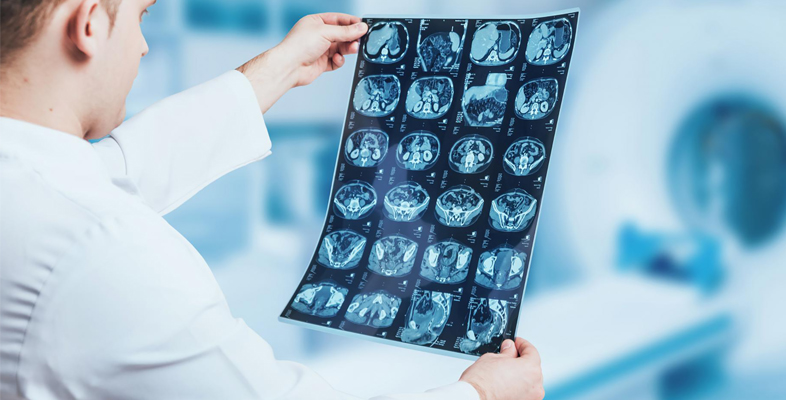5.8 Resistance to cisplatin
Some tumours have natural resistance to cisplatin, while others develop resistance after initial treatment.
Resistance arises through various mechanisms.
First among these is the ability of the cancer to ‘learn’ to recognise the lesions caused by cisplatin in DNA and to develop repair mechanisms to deal with them.
However, other processes also occur.
Cancer cell membranes are generally ‘leaky’, which is a favourable adaptation to maximise the sequestration of nutrients. They are therefore generally unselective in what they let into the cell. However, over time they can develop protective mechanisms to pump the cisplatin back out of the cell actively, and it will then be increasingly intercepted by sulfur-containing compounds.
Finally, cancer cells are constantly mutating. Therefore, there is a high probability that, by chance, a mutation will arise that is resistant to cisplatin.
There are various approaches to these problems, including developing new platinum drugs (see the next section), using a higher dosage, using combination chemotherapy with other active anticancer drugs (e.g. Taxol®), or using cisplatin in combination with other pharmacological agents. Much current cancer research is focused on looking at the biochemical mechanisms that make cancer cells successful, and it is likely that metallopharmaceuticals will find applications in these areas in future.
